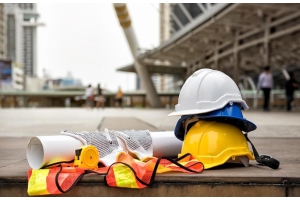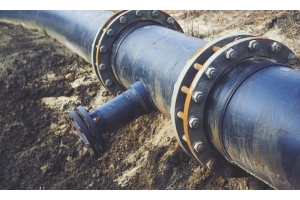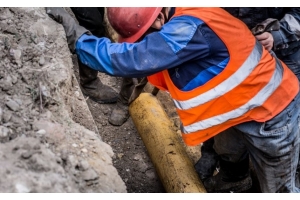ASME Hydrostatic Test Requirements


Hydrostatic testing is a reliable way to ensure your pipeline is free of leaks and other disruptive damage. Operators can perform hydrostatic tests without completely disrupting service or causing damage to the pipeline system, making it an efficient and cost-effective method of testing. That said, hydrostatic tests are only effective when you perform them correctly. That’s why the American Society of Mechanical Engineers has the ASME B31 Pressure Piping Code for pressure and leak tests. This code ensures that pipeline operators follow the proper requirements and procedures when conducting pressure or pneumatic tests, such as the hydrostatic test. Brush up on everything you need for a successful pipe inspection with this overview of ASME hydrostatic test requirements.
General Pressure Test Requirements
Every piping system is different, so make sure you account for all the details when you perform your hydrostatic tests. If the system is subject to low test temperatures or thermal expansion, make sure you take the necessary precautions against damage or excessive pressure. You should also focus on personnel protection. The right equipment and measures can help eliminate injury in the event of a rupture or other accident. You must also follow the proper procedures when preparing for the test. Isolate the section of pipe you are testing and use quality pipe stopples and other materials to ensure you can safely and effectively close off and pressurize the area. Ensure any support points along the pipe—including temporary supports—can sustain the pressurized hydrostatic load. Additionally, open vents and other high point connections as you slowly fill the line with water. This will allow the displaced air to escape and helps you remove as much air as possible from the pipe. Finally, keep a proper record of the test. This record should include the date, the specific pipeline system you test, the fluid and pressure you use, and the examiner’s certification of the results.
Hydrostatic Test Stress and Pressure Requirements
You can find specific ASME hydrostatic testing requirements for process piping in ASME B31.1 and ASME B31.3. These codes state that the pressure during the hydrostatic test should never fall below one and a half times the pressure that the system is designed to hold. The exception to this rule is when the system’s design temperature is higher than the test temperature. In this case, you can calculate the minimum pressure requirement with the equation 1.5PST divided by S, where P equals the design pressure, ST equals the allowable stress at the test temperature, and S equals the allowable stress at the design temperature. During the hydrostatic test, you must maintain this pressure for at least ten minutes. After this period, you can reduce the test pressure to match the design pressure, then inspect the system for leaks and other damage.
You will find a variety of hydrostatic test tools and equipment on Petersen Products website. Any questions or need additional information just contact us.
The information may be used but with no warranty or liability. This information is believed to be correct but should always be double checked with alternative sources. Strictly adhere to and follow all applicable national and local regulations and practices.






